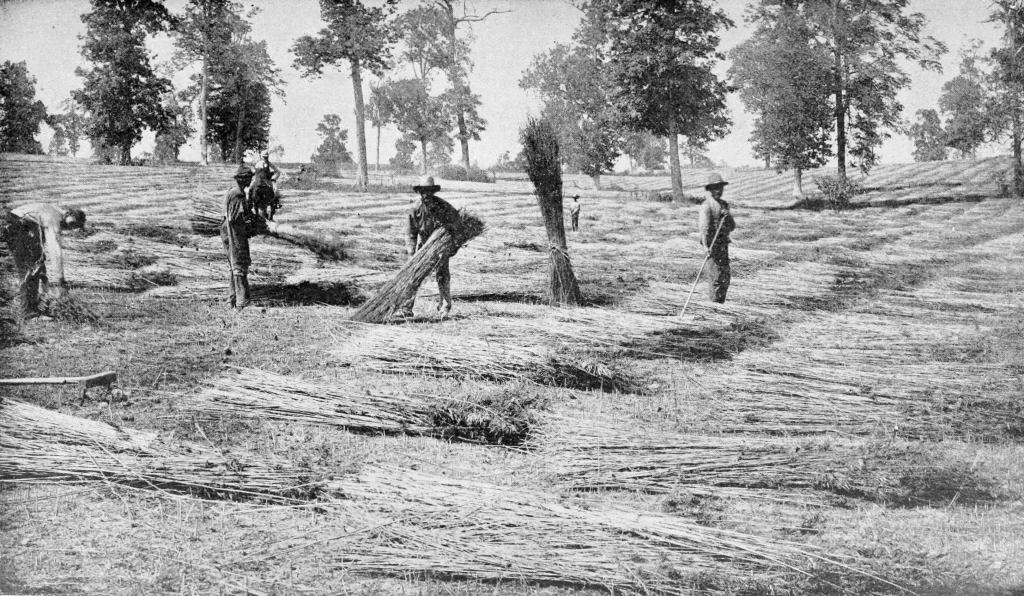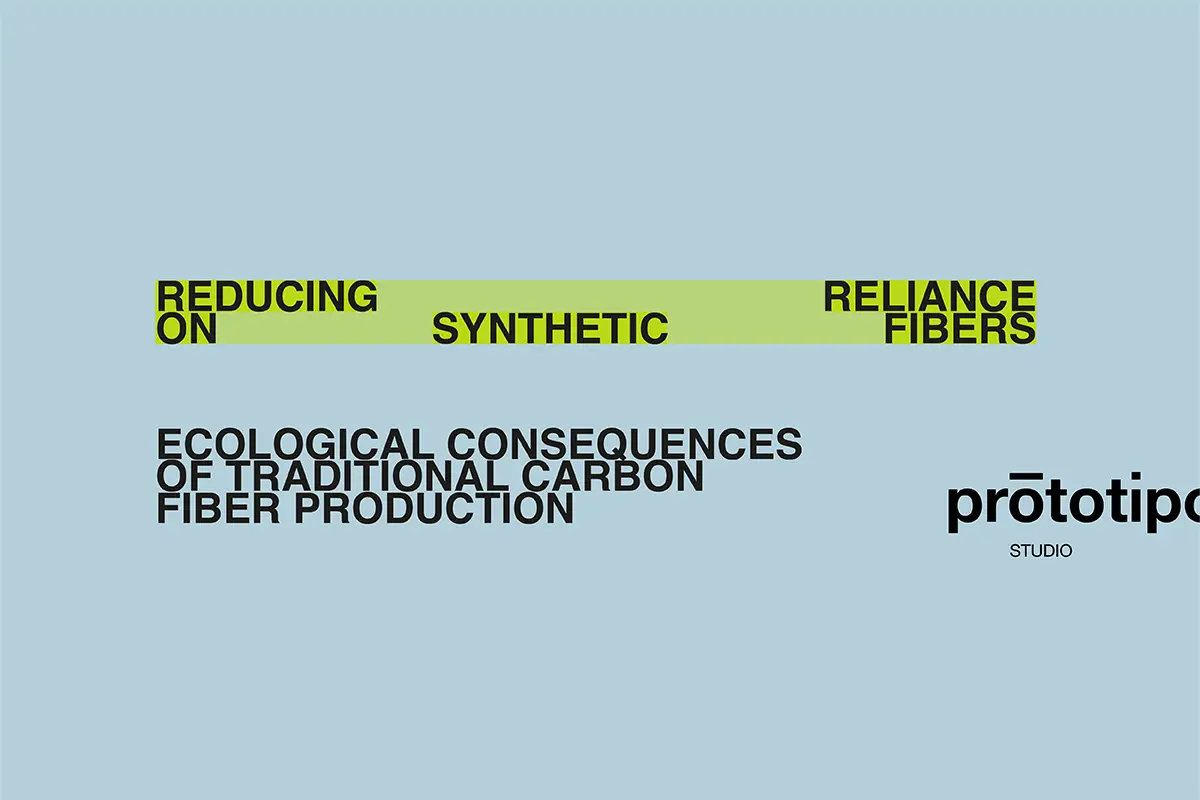Hemp Black/eco6 is a carbon-neutral yarn from industrial hemp. Due to their technical properties natural fibers are gaining more attraction for activewear and sportswear apparels
Under Armour signs hemp sourcing deal with Hemp Black, Ecofibre
Under Armour has entered into a 9 million dollars agreement with Hemp Black, a subsidiary of Ecofibre. This partnership spans an initial three-year period of time and focuses on the supply of bio-based yarns to the brand, aligning with the sportswear giant’s commitment to integrating sustainable practices into its supply chain.
According to Apparel Resources, Under Armour has pledged to invest 6.74 million dollars in specialized manufacturing equipment to expedite this initiative with efficiency and scalability at the forefront of this endeavor. Plans involve the commission of a first machine scheduled for early next year with plans in motion to acquire a second machine within the first 18 months of production.
Ecofibre’s Hemp Black/eco6: a carbon yarn raw material for sportswear derived from hemp
Hemp Black utilizes a carbon-negative approach harnessing the power of industrial hemp, a resource that boasts carbon sequestration capabilities ten times greater than forests. Eco6, the flagship product of Hemp Black, is a USDA-certified Biobased Product, cultivated and harvested in certified farms in Kentucky, USA.
Eco6 is a high-performance, lightweight, low density and conductive organic active carbon yarn. The input raw material is the hemp stalk, known as hurd; constituting a significant 65% of the total weight of the hemp biomass when produced, a part of the plant often disregarded as a waste byproduct in fiber crop cultivation. It undergoes a procedure where polymer compounds from masterbatch are involved in a high-temperature carbonization. After the hemp byproduct is processed, the material undergoes the process of pyrolysis with thermal oxidizer. The output is granted by the company as no-carcinogenic, and it’s as high-performance as petroleum-based carbon.
Research from the Hemp Foundation underscores these attributes, positioning hemp as a viable alternative to traditional materials like cotton. Hemp Black/eco6 is the first carbon black product to receive a Silver Level Material Health Certificate from Cradle to Cradle.
Hemp Black ecofibre /eco6: extracting black pigment from organic hemp instead of combusted petroleum
Hemp black/eco6 presents an environmentally superior alternative to carbon, providing a rapidly renewable and organic resource for textile applications.
It has already found integration in various applications, including printing inks, incorporated into aqueous solutions for screen printing, masterbatch and polymerization, beauty and cosmetics, electronics, automotive and for reinforcing agents and fillers.

The issue behind carbon fiber from crude oils and fossil fuels
Carbon fibers possess advantages: stiffness, tensile strength, strength-to-weight ratio, resistance to chemicals, tolerance for high temperatures, and minimal thermal expansion. They are produced by bonding carbon atoms into crystals, with these crystals typically aligned parallel to the long axis of the fiber. Multiple carbon fibers are often grouped together to create a bundle or a tow, which can be utilized individually or woven into a fabric.
The primary downside lies in the fact that carbon fiber cannot be easily liquefied and reshaped for reusage. The strength of carbon fiber composites is derived from extended, meticulously arranged carbon fibers that are embedded within a resin-like polymer, which is solidified under elevated temperatures and pressures. Once this curing process is complete, the majority of these resilient polymers cannot be melted and must either be incinerated or chemically dissolved in order to recover the valuable fibers.
The combustion process releases numerous toxic and carcinogenic substances, causing harm to both the environment –with physical hazards ranging from mechanical explosion, excessive heat, out-range temperatures, radiation, and chemical hazards such as oxygen depletion, gas poison, aerosols, liquid and solid poisons – and the individuals involved in it.
Ecofibre’s Hemp Black produced in Georgetown, Kentucky, USA.
In May 2019, Hemp Black initiated construction on its U.S. headquarters, a LEED-certified building spanning 50,000 square feet, situated on six acres within Georgetown’s Lane’s Run Business Park. The headquarters is also affiliated with the Kentucky Department of Agriculture’s hemp pilot program.
The facility features furnishings, wallpaper, and tiles infused with antiviral and antimicrobial properties derived from hemp. According to Eric Wang, CEO of Ecofibre, selecting Georgetown as the location for the company’s U.S. headquarters was an obvious choice because hemp cultivation thrives in this area. Ecofibre manages several hemp-related enterprises, including Hemp Black that produces hemp-based textiles and materials.
The hemp industry in Kentucky is not a resurfacing trend: during the 19th and 20th centuries, Kentucky held the title of being the leading hemp producer in the United States, supplying approximately three-quarters of the country’s hemp fiber. However, hemp production in Kentucky began to decline following World War I, mainly due to the increased prominence of tobacco as the primary cash crop in the state, as well as stiff competition from foreign sources for both hemp fibers and finished products.
Hemp industry and Kentucky – Leader in growing and processing hemp
In 1970, federal policies effectively prohibited the cultivation of industrial hemp as part of the War on Drugs, categorizing all forms of Cannabis sativa as Schedule I controlled substances. Kentucky re-entered the hemp production arena in 2014, when changes in federal law under the Agricultural Act allowed for research into hemp initially with a modest 33-acre planting.
By the 2016 harvest season, only two other U.S. states, Colorado and Tennessee, had surpassed the 100-acre mark in hemp production. A significant milestone occurred in 2017 when the first 500-acre commercial hemp crop was planted in Harrison County, Kentucky. Furthermore, research permits were issued for a staggering 12,000 acres that same year, signaling a resurgence of the Kentucky hemp industry in the 21st century and it has the potential to thrive due to the environmental conditions of that area.
Under Armour, Patagonia and more brands expansion toward hemp to reduce dependency on virgin synthetic fibers
Among the not so many natural fibers, hemp stands out by not only meeting the criteria of being locally sourced but also boasting performance qualities. Incorporating hemp into textiles enhances the durability of clothing due to its strength and resilience – it is, in fact, the sturdiest natural fiber available. Furthermore, it possesses insulating properties and provides UV protection while also offering antimicrobial benefits.
Merino wool was once a staple in the sportswear industry but lost ground with the advent of synthetic fibers. Its resurgence, as happened with hemp, underscores the growing demand for natural materials with superior performance capabilities.
The sports industry is on a transformative path. There is an urgent necessity to reduce dependency on hydrocarbons and virgin synthetic fibers. Will approaches including circularity and alternative fibers be explored or will they remain contained to the niche market?
Under Armour, Inc.
American sportswear company based in Baltimore, Maryland, United States that produces footwear and apparel. In July 2023, they signed a deal with manufacturer Hemp Black for the exclusive supply of bio-based yarn.



















